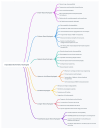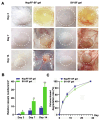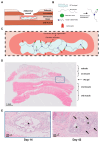Injectable Biomimetic Gels for Biomedical Applications
- PMID: 39056859
- PMCID: PMC11274625
- DOI: 10.3390/biomimetics9070418
Injectable Biomimetic Gels for Biomedical Applications
Abstract
Biomimetic gels are synthetic materials designed to mimic the properties and functions of natural biological systems, such as tissues and cellular environments. This manuscript explores the advancements and future directions of injectable biomimetic gels in biomedical applications and highlights the significant potential of hydrogels in wound healing, tissue regeneration, and controlled drug delivery due to their enhanced biocompatibility, multifunctionality, and mechanical properties. Despite these advancements, challenges such as mechanical resilience, controlled degradation rates, and scalable manufacturing remain. This manuscript discusses ongoing research to optimize these properties, develop cost-effective production techniques, and integrate emerging technologies like 3D bioprinting and nanotechnology. Addressing these challenges through collaborative efforts is essential for unlocking the full potential of injectable biomimetic gels in tissue engineering and regenerative medicine.
Keywords: biocompatibility; biomimetic materials; controlled drug delivery; injectable hydrogels; tissue regeneration.
Conflict of interest statement
The authors declare no conflicts of interest.
Figures








References
Publication types
LinkOut - more resources
Full Text Sources

